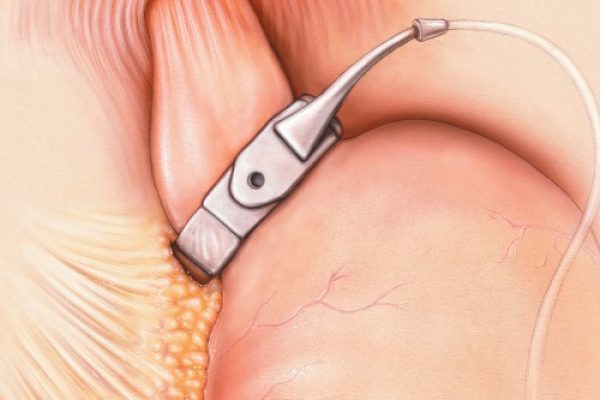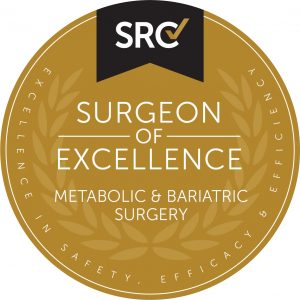Gastric band surgery is less invasive than other surgical weight loss procedures generally speaking the chance of a compilation is lower than other forms of weight loss surgery as there is no cutting and joining of the stomach or small bowel.
Infection – This may require treatment with antibiotics and occasionally re-operation. If the access port becomes infected this will often need to be removed and replaced at a later date.
Wound issues – People with a higher weight are at a higher risk of complications involving wound infections, haematomas (large bruises) and poor wound healing.
Damage to organs – Any keyhole procedure can be complicated by unintentional injury to the organs near the area of operation. This may require a repeat operation to repair the damaged organs. The risks associated are at about 1 in 3000
Blood clots – Deep Venous Thrombosis (clots in the veins) and pulmonary embolus (clots in the lungs). Please inform the clinic if you have history or family history of DVT or PE. Patients will be asked to sit out of bed and walk on the day of surgery to reduce these risks.
Pneumonia/chest infection – With any surgery it is important to walk and mobilize to expand your lungs post operatively to avoid these complications.
The gastric band can slip or move on the stomach in 2% of patients usually this causes moderately severe gastroesophageal reflux. If a gastric band slips it needs to be deflated relatively quickly and often requires further surgery to reposition it in the correct position.
A rare complication of gastric banding is where the band slowly erodes into the stomach. The most common symptom of this is upper abdominal pain and the access port showing signs of infection. This necessitates the band being removed. This can occur in approximately 1 in 600 patients.
With successful weight loss there can be development of gallstones in 20% of patients. If the gallstones cause pain the patient may require a further operation to remove the gallbladder.
The range of foods tolerated after gastric band surgery is not as wide and varied as other weight loss procedures including gastric sleeve and gastric bypass. Patients may not tolerate dense foods such as bread, steak and dry chicken breast.
The long term success of weight loss after gastric band surgery whilst substantially higher than diet and exercise programs is not as high as the sleeve gastrectomy and gastric bypass surgery. The effectiveness of the band can be easily reduced with liquid calories and foods e.g. chocolate. Whilst the gastric band is very good at reducing hunger and allowing small meals to be satisfying, it relies more heavily on patients improving their dietary habits and lifestyle in order to achieve best results.




